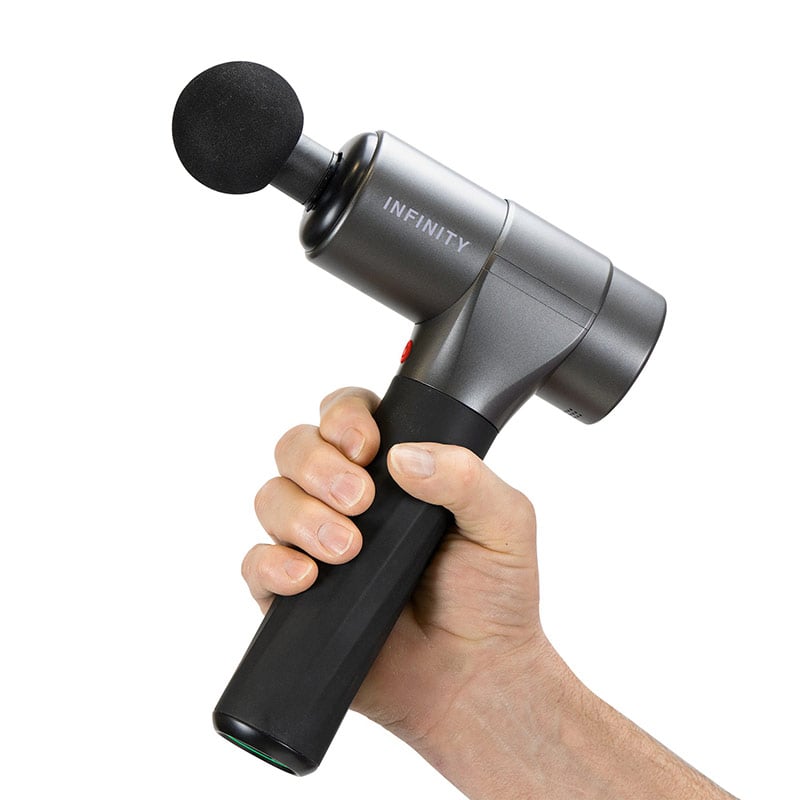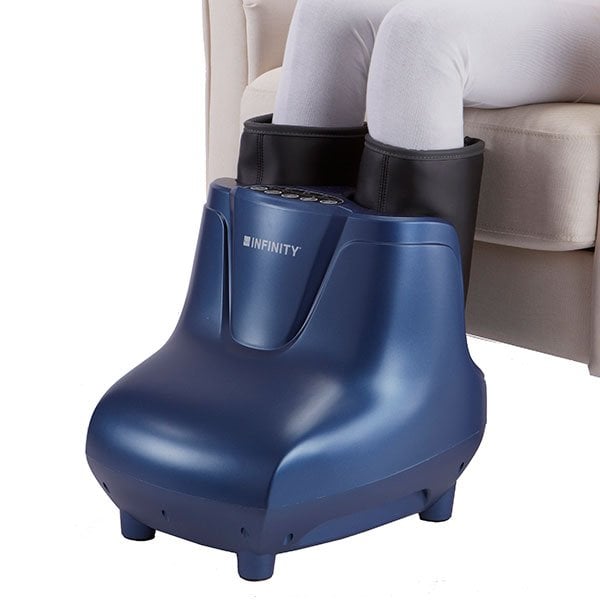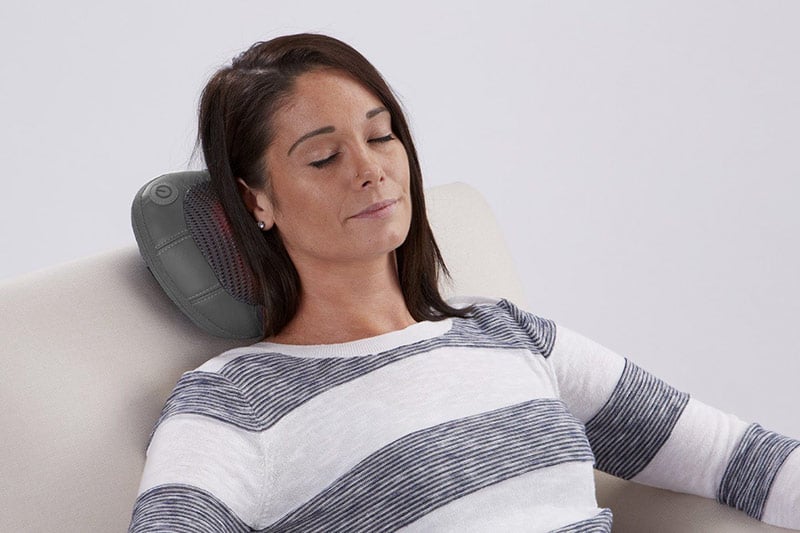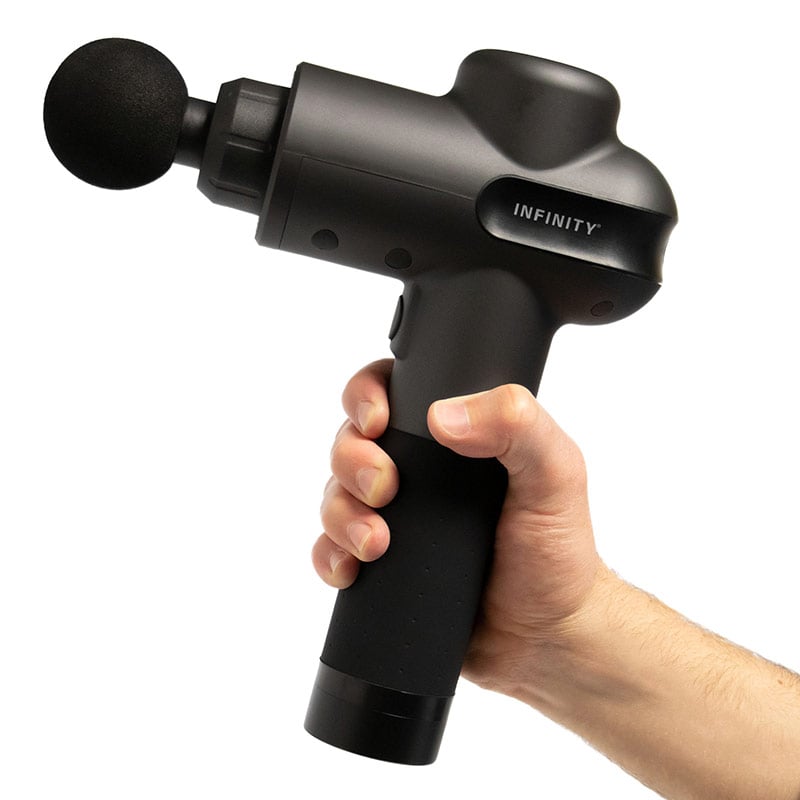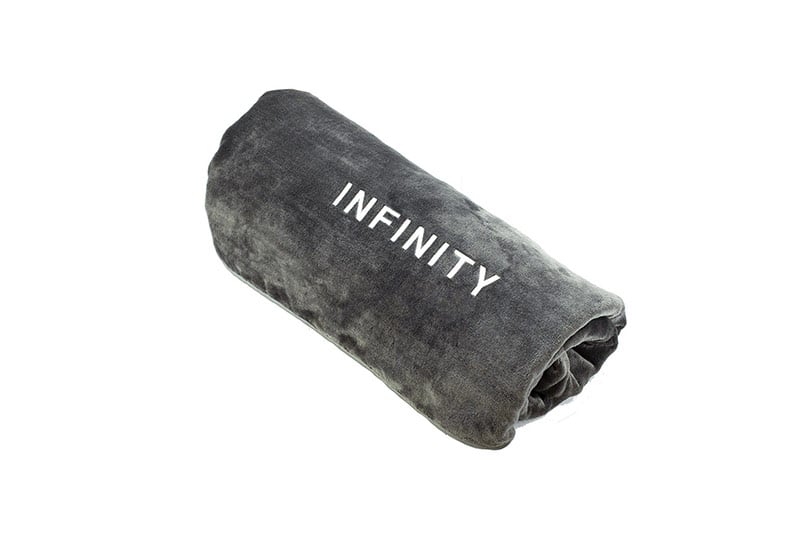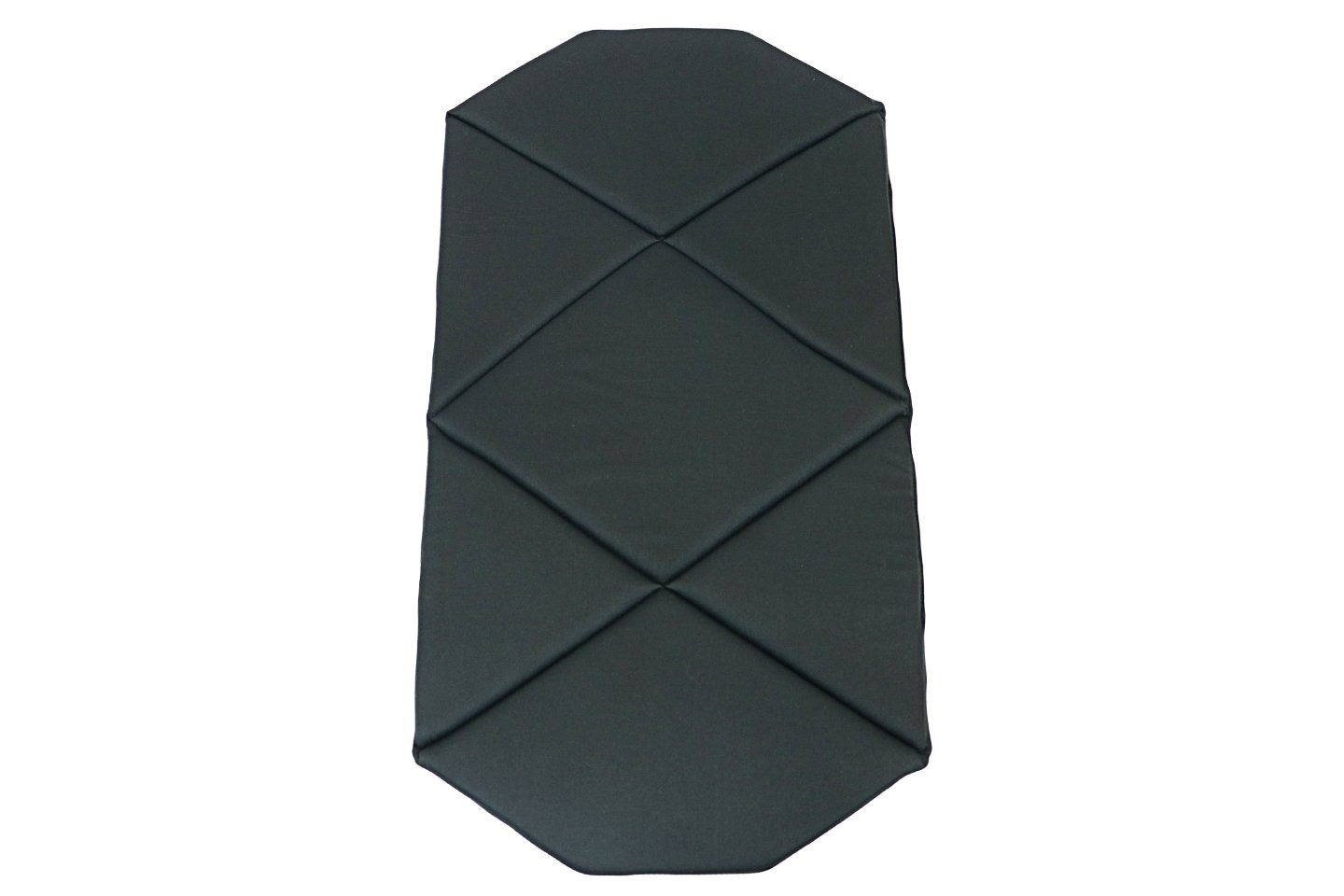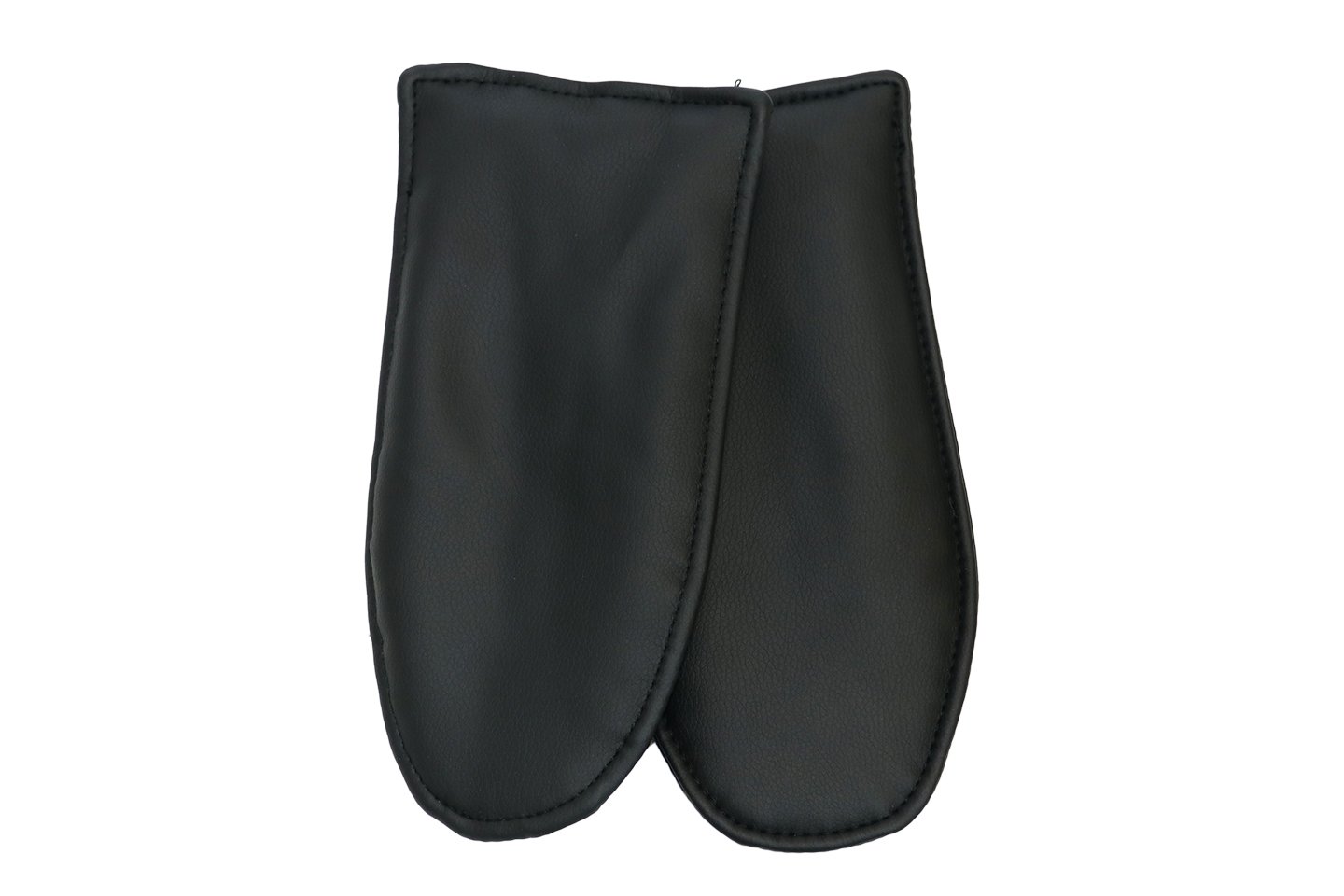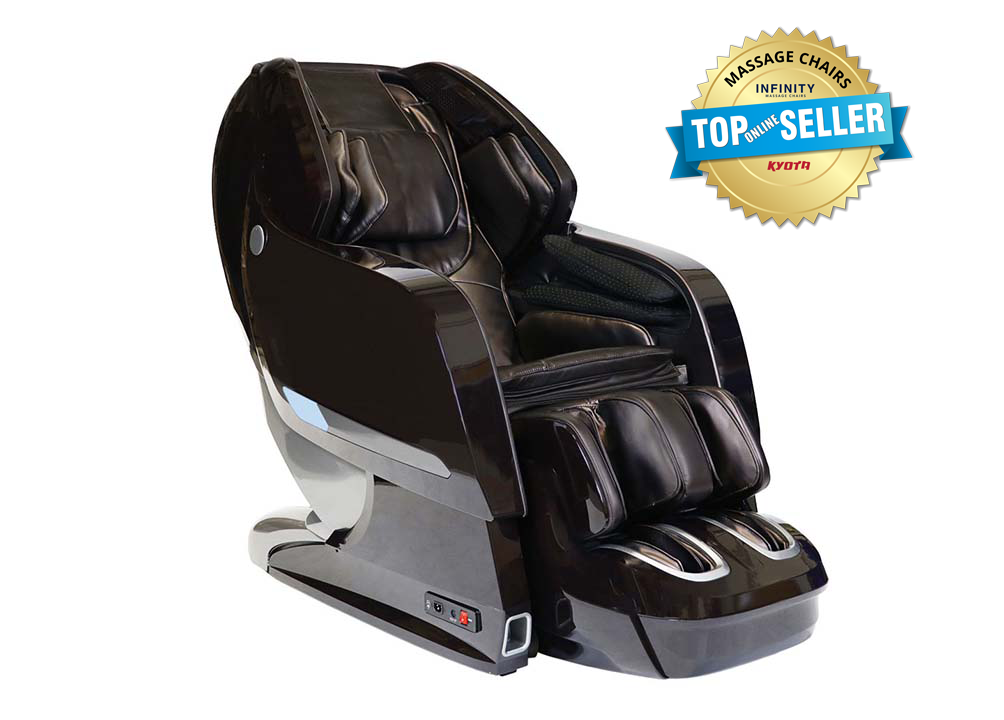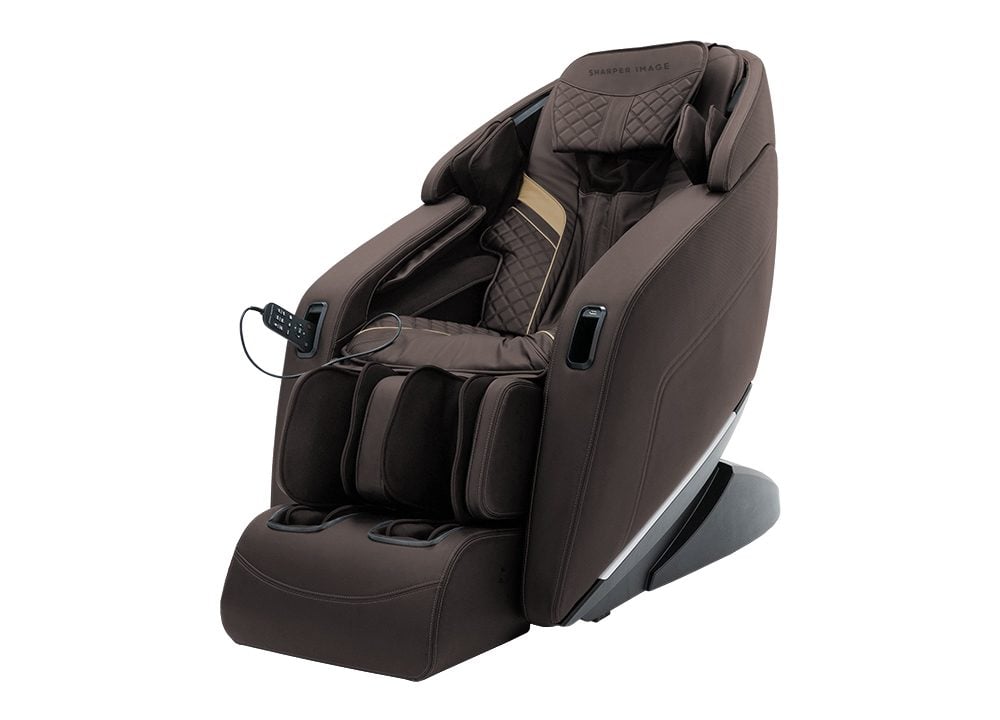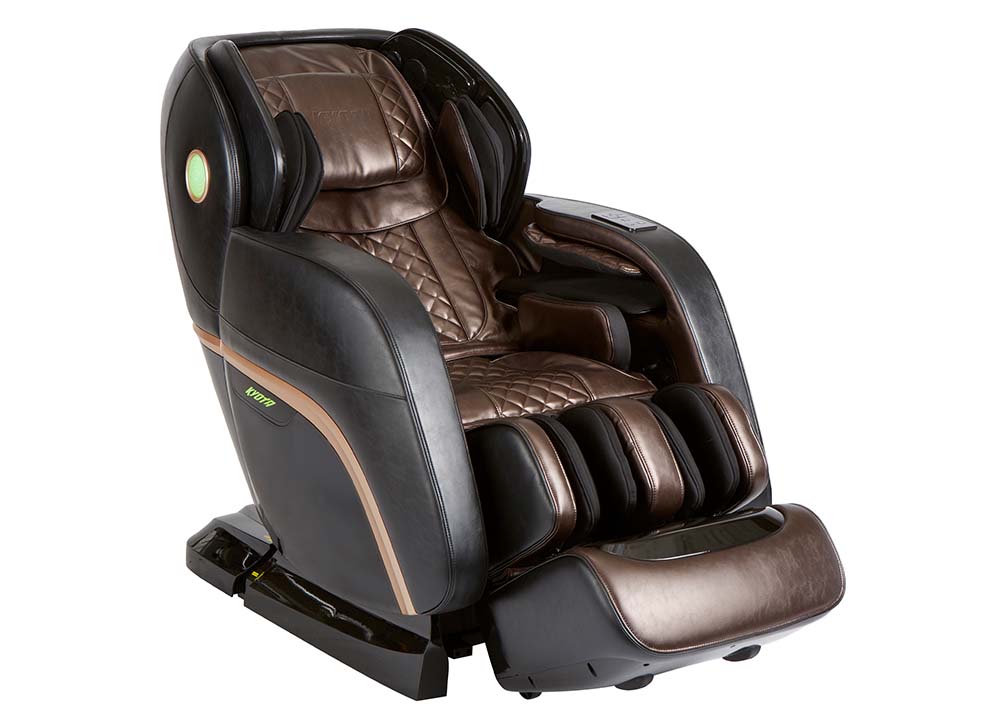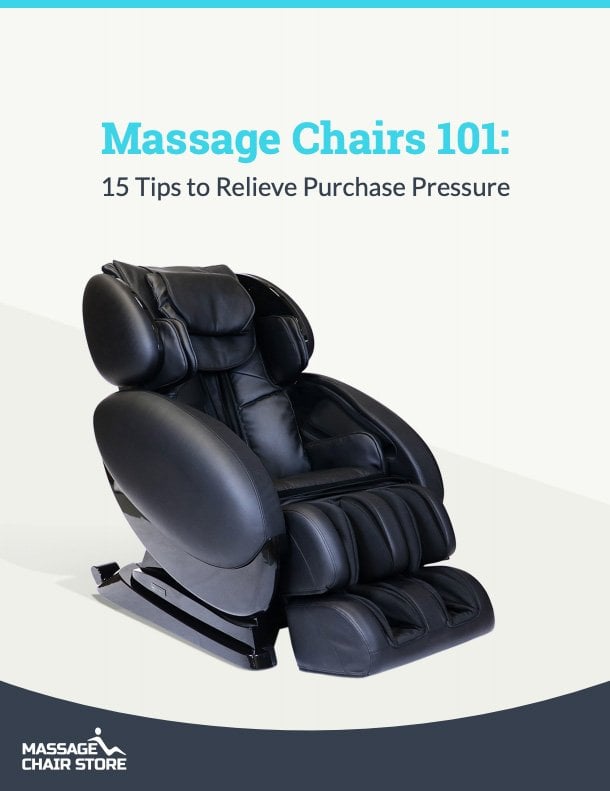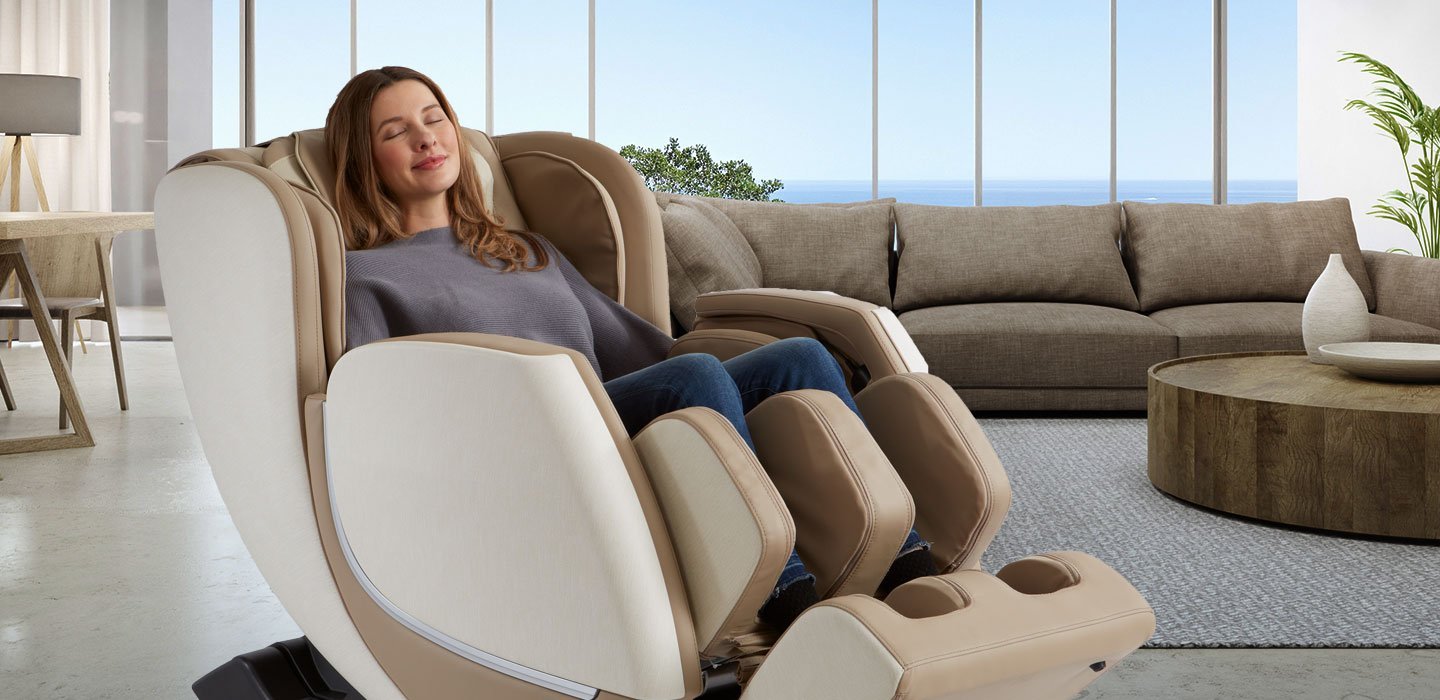Massage Chair vs. Massage Therapist: Which Is Best For Your Needs?
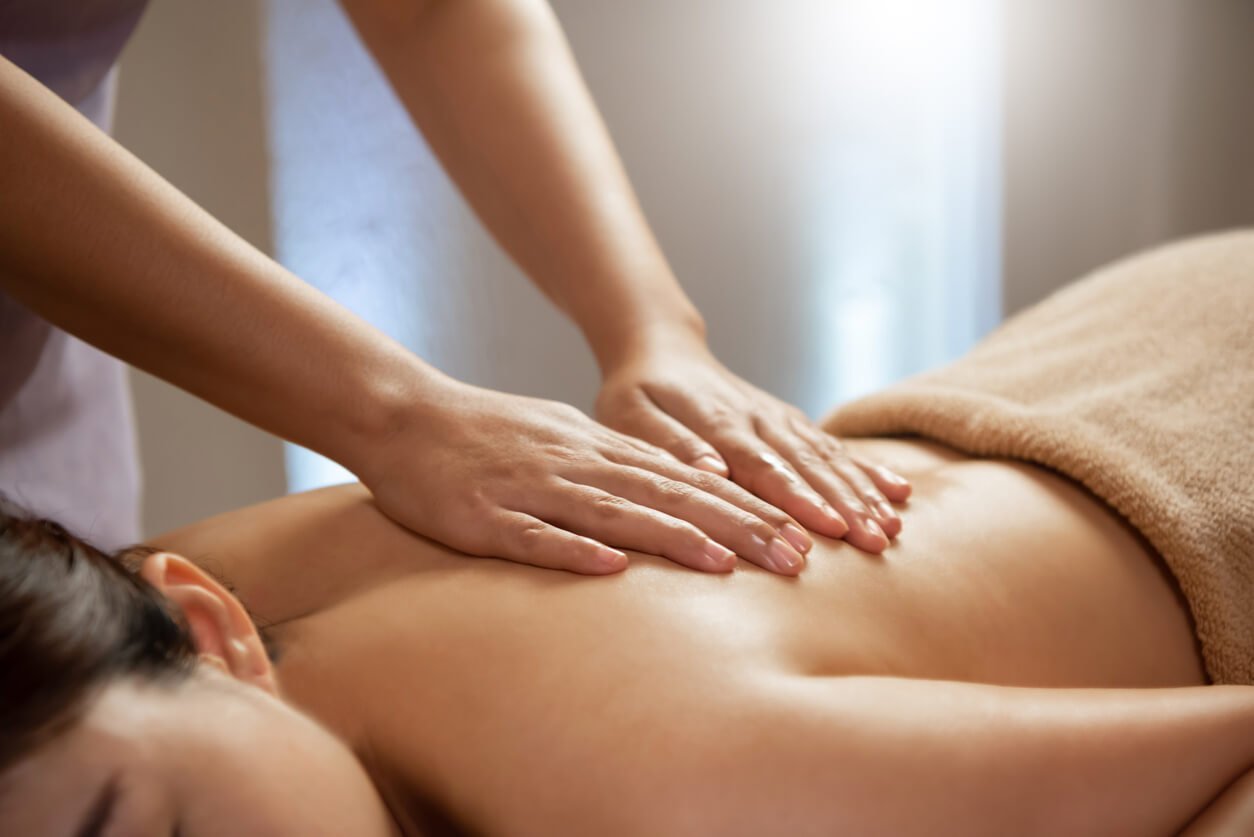
Massage Chair vs. Massage Therapist: Which is Better?
The benefits of massage therapy are well-known, for both our physical and mental health. But is there much difference between the massage you can get from a massage therapist and a session in a massage chair? Many massage chair owners still enjoy regular appointments with a massage therapist, as each has its own unique benefits. But today’s leading massage chair brands are designed to deliver an experience that’s as close to the real thing as possible — and a massage chair comes with some hard-to-beat perks.
First and foremost, a massage chair is convenient. “As people become more health conscious and desire to take their health into their own hands, massage chairs will become a more and more popular choice for home health care,” predicts Dr. Alan Weidner in the introduction of his book The Ultimate Massage Chair Buyer’s Guide. Well versed in the many benefits of massage therapy, Dr. Weidner is a staunch believer that the convenience of a massage chair far outweighs the human alternative.
Here, we break down the differences between massage therapists and massage chairs (besides the obvious), and invite you to consider which solution is best for you in the short and long term.
Pros and Cons of Massage Therapists
Pros:
- Personalized service: A massage therapist can tailor their technique to suit your unique needs, or target hard-to-reach areas.
- Positive relationship: As a client, you can build up a relationship with a massage therapist over time. Sometimes, a positive client-therapist relationship is as much about their rapport as it is about the massage therapist’s skill.
- Expertise: A massage therapist’s practice is based on their extensive professional training in massage technique and human physiology.
- Human touch: Physical touch provides multiple health benefits, including the release of endorphins, reduction of the stress hormone cortisol and the mood boost that comes with social interaction.
- Proven physical and mental benefits: Most studies on the effects of massage are performed on traditional massage therapy, as opposed to massage chairs. It’s widely acknowledged that traditional massage aids in stress relief, pain management, physical rehabilitation, sleep improvement and even digestion.
Cons:
- Cost: “It doesn’t take a math genius to see that, over time, the cost of regular massage can be quite prohibitive,” says Dr. Weidner. Consider this example: At a rate of $60 per basic, one-hour massage appointment (no add-ons like hot stones or facials), one massage per week would add up to $3,120 per year at minimum.
- Travel: Visiting a massage therapist requires the time and ability to travel — unless you’re lucky enough to have a massage therapist visit your home.
- Time: Visiting a massage therapist requires you to set aside a block of your own time, during which you can’t complete any other tasks. There’s also often a cancellation fee if you need to change your appointment at the last minute.
- Mismatched compatibility: If you don’t click with your massage therapist, or you’re simply uncomfortable in their care, it could ruin what would otherwise be a relaxing or restorative experience.
- Life changes: At any time, your favorite massage therapist could move or go out of business, due to financial factors, retirement, or other changes in their own lives.
- Risk of pain: Clients of massage therapists are not professionals, and therefore don’t always possess the knowledge or language to accurately express their pain levels or physical needs. If a massage therapist doesn’t ask the right questions up front, they can end up causing the client pain due to excessive intensity, using an inappropriate technique or targeting the wrong area.
- Human error: Massage therapists are people too — which means they can get tired, be in a bad mood, or experience pain or discomfort in their own bodies as they work on clients. All of these factors can affect the quality of a massage.
- Inconsistency: You may experience different levels of quality each time you visit a massage therapist, especially if there are multiple practitioners available to work on clients. Even the same massage therapist can deliver inconsistent results from time to time due to any number of factors, including fatigue or distraction.
Pros and Cons of Massage Chairs
Pros:
- No travel required: If you have a massage chair in your home, it may take no more than a few steps to reach your “appointment.” “When you think about having to get dressed up, leave the comfort of your home, deal with traffic… a massage chair right next to you sounds pretty appealing,” says Dr. Weidner.
- Cost effective: Owning a massage chair can be more cost-effective than regular massage appointments in the long term. If used once a day per year, a mid-range massage chair costing around $4,000 would deliver a massage for about $11 each. Over five years, that’s roughly $2 per massage — what a steal! Financing is also available for most massage chairs on the market today.
- Full-body massage: While there are certainly talented massage therapists out there, a therapist cannot massage your entire body at once. A massage chair can target your back, arms and feet simultaneously, if desired.
- Ease of use: Massage chairs are built with the user’s experience in mind. The goal is relaxation and relief, not stress and frustration, so most massage chair control panels are created to be as simple and intuitive as possible.
- Opportunity to multitask: If a low-intensity massage is desired, you can complete other tasks during your massage chair session such as reading, making grocery lists or talking on the phone.
- Furniture: When not in use, most massage chairs are comfortable and attractive enough to double as armchairs.
- Flexible scheduling: Whether you can only squeeze in a 15-minute session or you need to cut a session short unexpectedly, there is no risk of unavailability or cancellation fees from your massage chair.
- No miscommunication: With pre-installed massage programs and body scanning technology, a massage chair will target the right pressure points on your body and respond exactly how you direct it to.
- Consistency: No matter the kind of day you’re having, your massage chair will deliver the same quality performance every session.
- Special features: A massage chair can offer special features that a massage therapist can’t without prior request (or additional cost). These can include heat therapy, zero gravity functionality, sound therapy, light therapy and targeted foot and calf massages.
- Privacy: If you’re uncomfortable at the thought of a stranger giving you a one-on-one massage, massage chairs offer the ultimate private session from the comfort of your own home.
Cons:
- Possible breakdowns or malfunctions: Since a massage chair is a machine, there is always the risk that it will wear down or encounter structural errors. Luckily, most mechanical problems can be easily fixed.
- Price tag: The sticker price on most luxury massage chairs can seem prohibitive to some people, which may prevent them from purchasing. However, financing is available from most manufacturers and retailers.
- Over-targeting: Without knowledge of massage technique or physiology, massage chair users risk over-targeting certain areas of the body, which can result in injury or pain without professional intervention.
- Lack of medical knowledge: Though many massage chairs are designed with the help of expert consultation, a massage chair can’t know if certain techniques are inappropriate for your body’s needs.
- Programs can be limited: If a massage chair only offers several automatic programs, or if the user isn’t able to adjust intensity to their liking, the available techniques can become tiresome or harmful to the user.
- Limited coverage: Due to the nature of its construction, a massage chair may not be able to reach all the areas of the body that a massage therapist can. These could include the face, front of the thighs, or hands and arms (unless features like these are intentionally included in the chair’s capabilities).
Massage Chair vs. Massage Therapist: Key Differences
Besides the clear difference between a massage therapist and a massage chair (human vs. machine), there are a few key factors to consider when weighing your options.
Pricing: Compared with regular visits to a massage therapist, the “cost per massage” in a massage chair is much lower. Plus, financing is available to mitigate the upfront cost of a massage chair — an option not typically available for one-time services rendered, like an in-person massage.
Travel time: A visit to a massage therapist requires travel time and ability (either your time or theirs, if they come to you). The effort that’s required to visit your massage chair could be as little as a walk into the next room.
Relationship: Try as you might, you probably won’t be able to forge a strong personal relationship with your massage chair. At the very least, a massage chair won’t be able to respond when you tell it about your day. Many long-term clients of massage therapists stay because of the bond they develop with their practitioner, which can add to the physical benefits they already feel.
Ability to multitask: You can’t multitask at a massage appointment, especially while you’re lying face-down on a massage table. And to engage in another task like a phone call would be distracting and disrespectful to the massage therapist. However, when enjoying a massage chair at home, you can read, work, talk on the phone, watch TV, listen to an audiobook or do a crossword puzzle.
Dependability: Massage therapists have lives of their own: They can move away, go out of business, become injured or simply have bad days like the rest of us. These factors can impact the effectiveness or your enjoyment of a massage, not to mention your ability to get one at all. On the other hand, a massage chair is always on call — even when it needs minor repairs, skilled technicians can get your massage chair back up and running in no time.
Warranty: Unlike a massage therapist’s services, the purchase of a massage chair comes with a guarantee that you’ll get your money back if you’re not satisfied. Most massage chair warranties also provide support or replacement parts for multiple years, if necessary, at no extra cost to you.
The Massage Chair Store Difference
Many massage chair owners choose not to decide between the product and the person, and keep their regular massage therapy appointments because of their unique benefits. Though we may be partial at Massage Chair Store, we specialize in top-of-the-line products that deliver comprehensive massage relief to rival (or even surpass) the real thing. Our massage chairs range from classic and no-frills to luxurious and stocked with bells and whistles, like zero gravity and hand massage capabilities. Whatever your massage needs, you can fill out a consultation form to start a free conversation with one of our certified Massage Chair Specialists. We’ll be happy to help you find the massage chair of your dreams.

